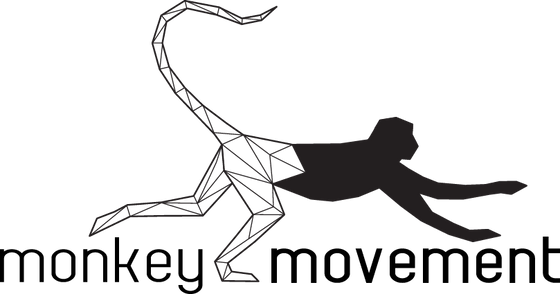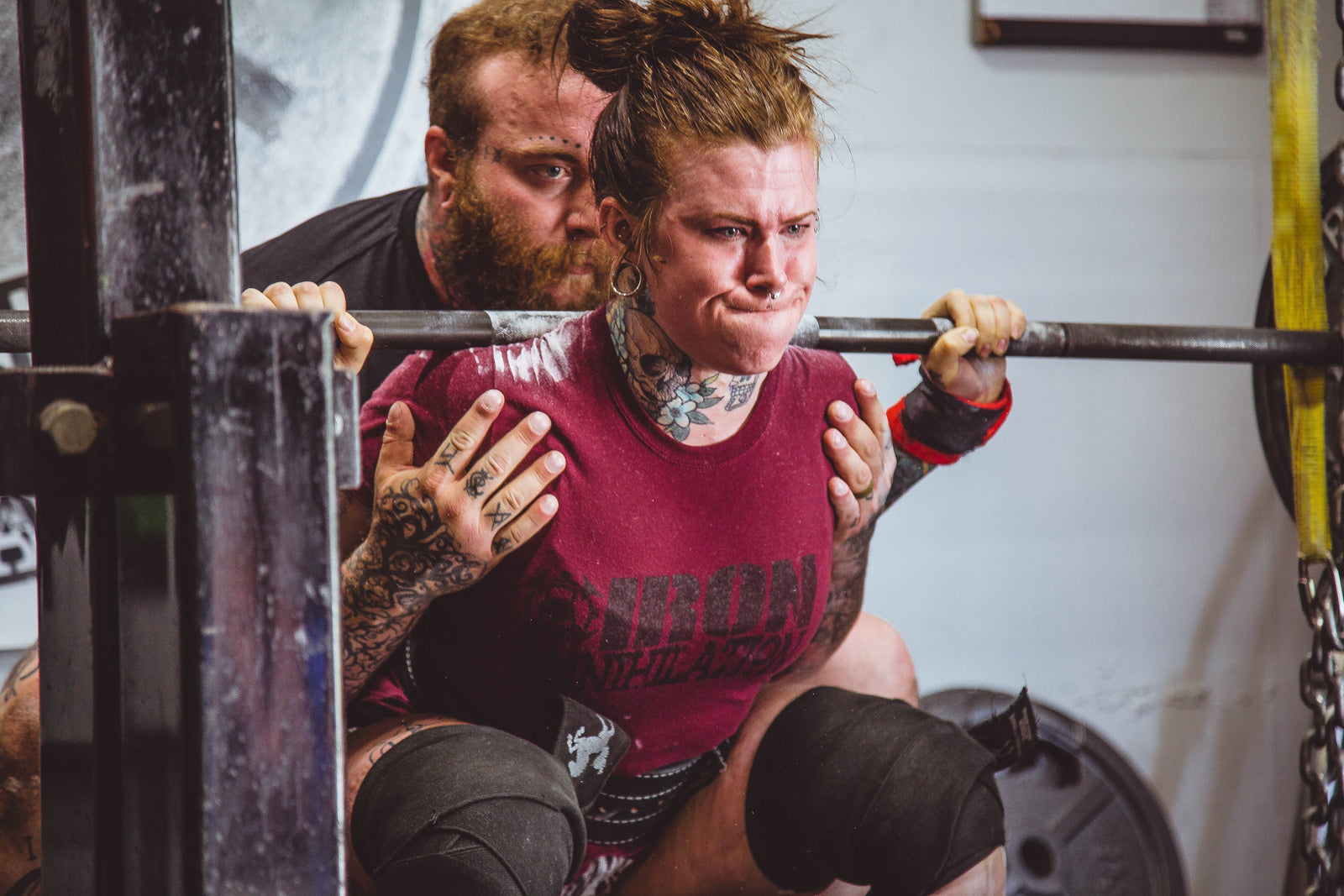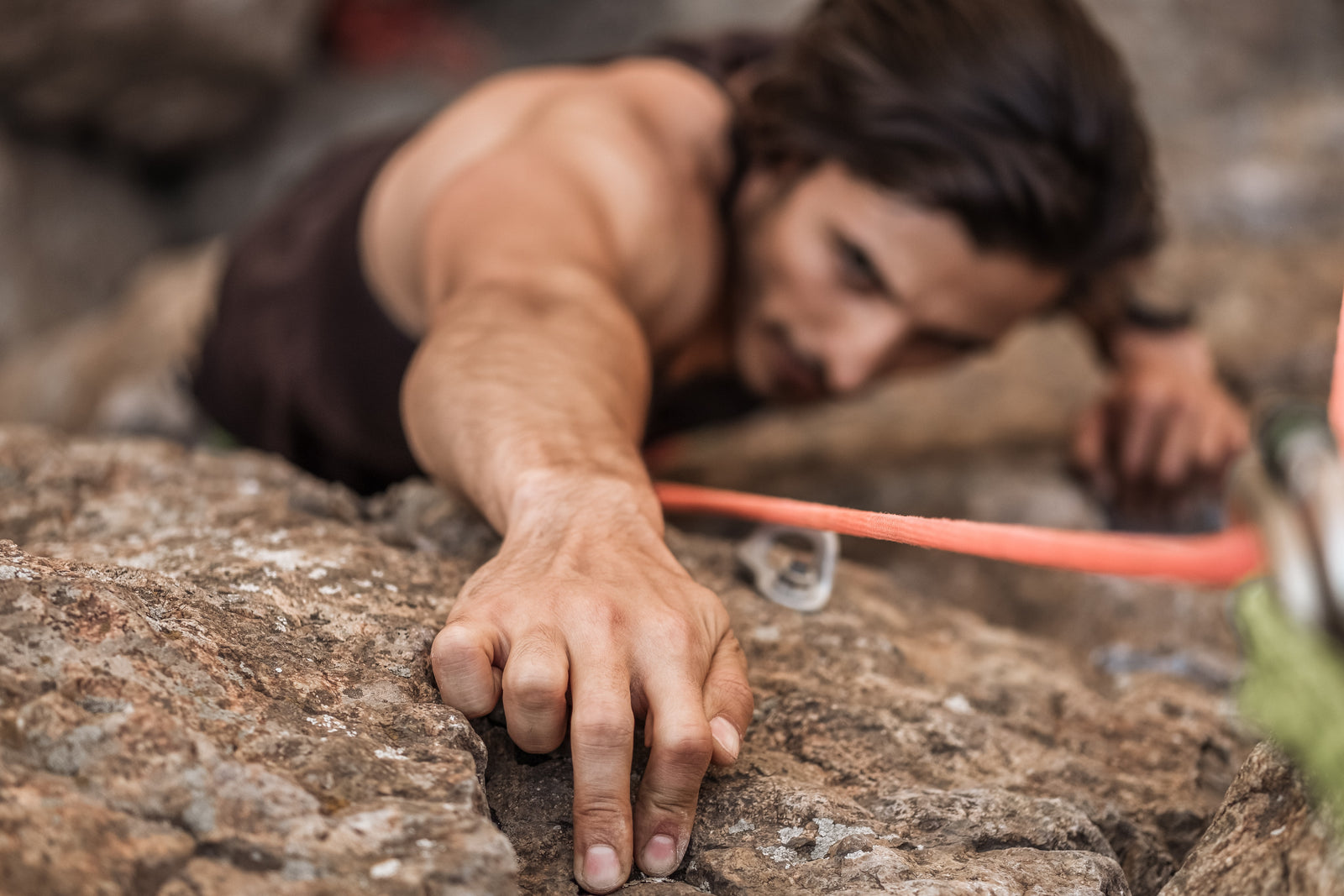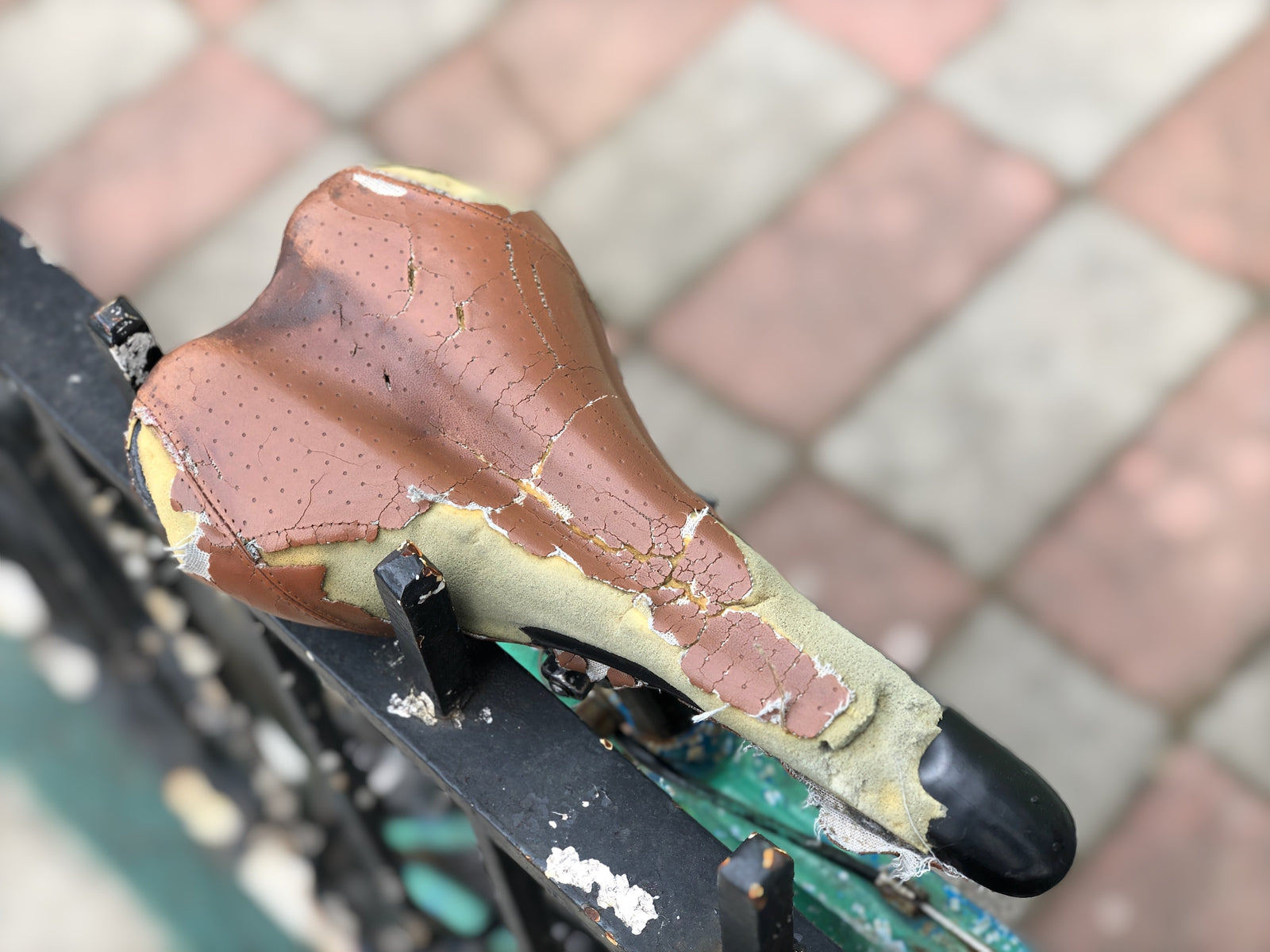Chafing: Why Chafed Skin Messes with Your Game and How to Fix the Blister Problem
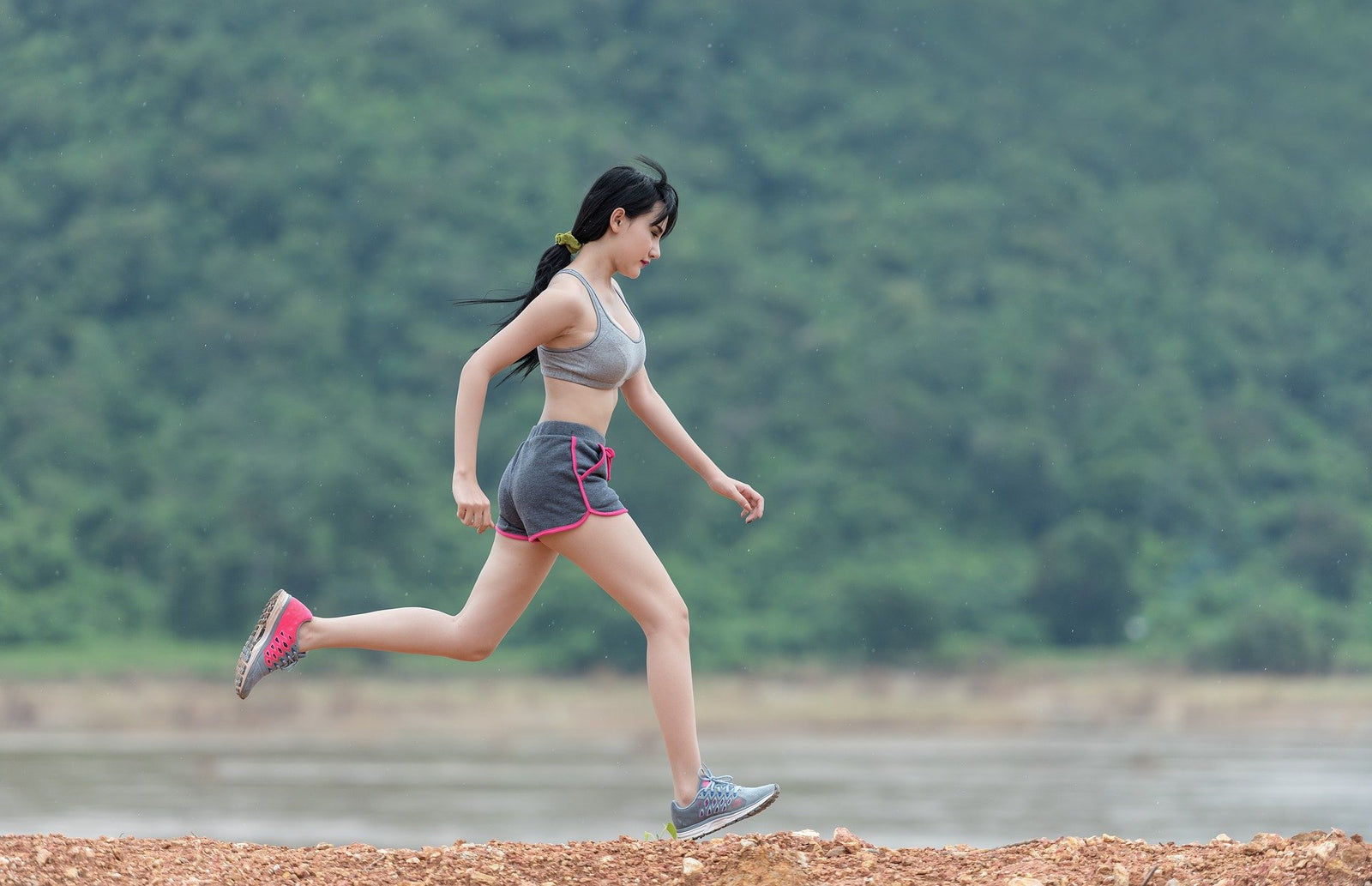
Athletes are prone to numerous musculoskeletal and skin lesions that may negatively impact their performance.
While training for upcoming competitions and conditioning your body to be ready for intense physical activity may reduce your risk of injuring your muscles and joints, skin conditions are often difficult to predict or prevent, especially when you’re completely neglecting their importance.
In this article, we will discuss one of the most commonly seen skin issues in athletes –chafing– and how it can cause some serious damage.
What is chafing?
Chafing results from a multifactorial process that consists of friction, moisture, and irritating fabric.
The extended exposure of your skin to these factors makes it burn, which eventually develops into a mildly red rash. If not treated promptly, however, chafing can lead to diffuse swelling, crusting, and bleeding.
The most commonly affected areas with chafing include the thighs, buttocks, nipples, armpits, groin, and feet. The reason behind this special predilection is due to the constant rubbing between clothing and body parts.
The causes of chafing
The skin plays several important roles, including the protection against foreign pathogens that want to penetrate the defensive walls to wreak havoc on the internal organs.
However, and despite the resiliency of this organ, it still has its limits when it’s overworked, especially with the high number of things that could go wrong (e.g., skin dehydration, oil accumulation, friction).
When moisture coincidences with repeated friction, the skin cells become vulnerable to the external environment, which leads to the classic rashes and burning sensations.
This problem is extremely prevalent in athletes, especially those who indulge in particular activities, such as running, swimming, and biking.
While the causes of chafing are diverse, here are the specific ones that predispose athletes to this issue:
Endurance sports
All athletes who perform endurance activities that last for hours are predisposed to chafing, which can severely impact their performance by making every movement uncomfortable or outright painful.
This problem is especially prevalent during long competitions that are held for a couple of days or weeks.
You see, developing chafing during the first stage of the competition means your performance won’t be at its peak in the next stages.
Ill-fitting clothes
If you wear ill-fitting clothes (e.g., sleeves, bra strap, waistband) that constantly rub on your skin, chafing is inevitable.
Humidity and hot weather
Humidity and hot weather moisturize your skin, which is one key factor that triggers chafing along with repeated friction.
Unfortunately, this cause is not modifiable, but there are some measures you can take to reduce its impact on your skin (will be discussed in the treatment section).
Profuse sweating
Athletes who inherently produce excessive amounts of sweat, such as the case of hyperhidrosis, are more likely to develop chafing, especially when competing in a highly humid area.
Additionally, having large muscles increases the rubbing of your skin, particularly in the upper arms and thigh regions, which exacerbates the situation further.
Sensitive skin
Sensitive skin means that your immune system is on high alert for any irritation to start releasing histamine and recruiting immune cells to the site of injury.
Unfortunately, this condition predilects athletes to numerous skin conditions, including eczema, psoriasis, and chafing.
The prevalence of chafing in athletes
According to one study published in the British Journal of Sports Medicine, chafing is among the most prevalent skin conditions in professional marathon runners, with approximately 16% of athletes affected by this issue during marathons.
This number is enormous, especially when you take into account that it only measured the incidence of chafing in marathon runners without covering other predisposed fields (e.g., biking, swimming).
Additionally, athletes tend to have recurrent episodes of chafing, meaning that one person could be dealing with this problem for his/her entire career, which makes it especially worthy of treating.
How chafing impact the athlete’s performance
As we mentioned above, chafing can dramatically reduce the efficiency of athletes at running, swimming, or biking, which eventually leads to less than optimal results.
The most prone types of athletes to chafing are those who engage in repetitive movements that create friction between two body parts (e.g., thighs, upper arms).
Additionally, untreated chafing can develop into serious forms that include bleeding, blisters, and edema (i.e., swelling) of the affected area.
Unfortunately, continuing to perform the physical activity that triggered the first skin irritation will cause more chafing, creating a vicious cycle.
How to treat chafing for better performance
The treatment of chafing consists of the immediate halt of the activity that triggered skin irritation and applying soothing lotions and balms to temper down the inflammation of your skin.
If your chafing is severe, your doctor may prescribe corticosteroids to downregulate the action of immune cells, which eventually helps you recover faster.
In our attempt to help athletes get rid of all the skin conditions they may encounter, we developed a collection of top-tier skincare products that were specifically designed to meet the needs of athletes and professional performers.
Our brand –Monkey Movement– places great emphasis on chafing, as it’s one of the most common skin conditions athletes have to deal with.
For this reason, we are offering Movement Balm, which contains the amazing anti-chafing properties of propolis.
To learn more about propolis’ anti-chafing properties, check out this blog post.
Our product is all-natural and specifically tailored to athletes, as we understand the suffering of having to deal with irritated skin while preparing for professional competition in a few days.
Get your own Movement Balm, right here.
What you must know
Chafing might be considered a nuisance of some people; however, athletes must pay close attention to this issue since it can be the primary reason to lose a competition.
Hopefully, this article managed to shed some light on the impact of chafing on athletes and how to prevent and treat this condition.
If you want to check our Movement Movement Propolis Balm, click on this link (take advantage of FREE shipping.).